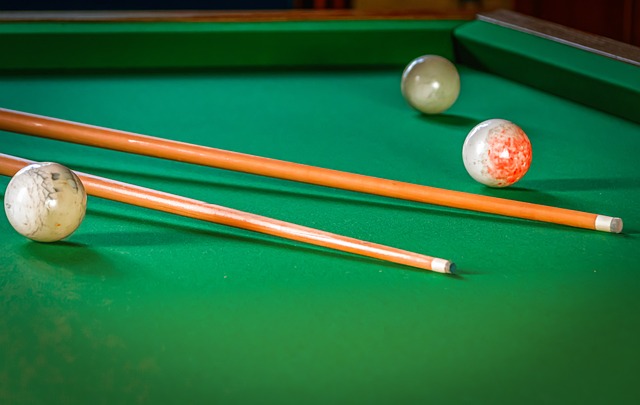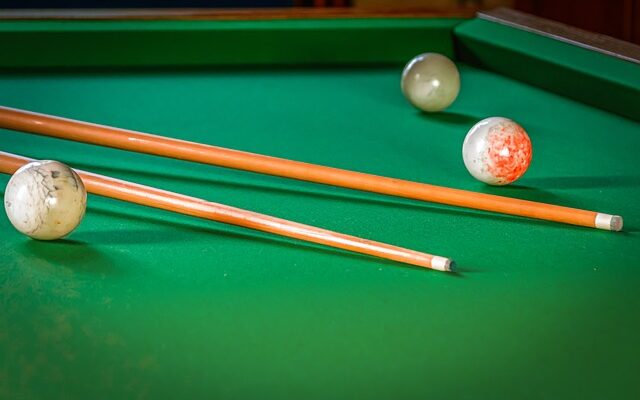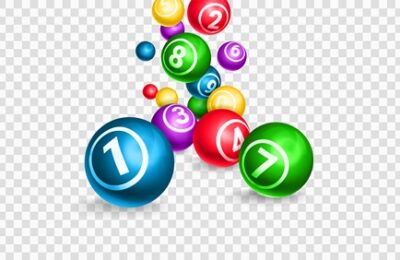Whether you’re a seasoned pool player or just starting to explore the game, understanding the different parts of a pool cue (also called a pool stick or cue stick) is essential for improving your skills. A quality cue is a precision instrument where every component impacts your game – from the leather tip that contacts the ball to the weighted butt in your hand. Let’s break down each element and how it contributes to your performance.

Pool Cue Components At A Glance
| Part | Function | Premium Features |
| Tip | Ball contact point | Layered leather, dime radius |
| Ferrule | Shock absorption | Carbon fiber construction |
| Shaft | Stroke guidance | Low-deflection taper |
| Joint | Connection point | Quick-release stainless steel |
| Butt | Weight balance | Adjustable weight system |
1. Tip: The Business End
The leather tip (typically 12-14mm diameter) is your cue’s contact point with the ball. Quality tips range from soft (better grip/spin) to hard (more durability), with medium being the versatile choice for most players. Regular shaping with a tip tool maintains optimal curvature (dime radius is standard) while scuffing prevents glaze buildup that causes miscues.
2. Ferrule: The Shock Absorber
This white collar below the tip does more than look pretty. Modern ferrules use advanced materials like carbon fiber or thermoplastic to:
- Prevent wood splitting from impact
- Reduce unwanted cue ball deflection by 15-20%
- Provide consistent energy transfer
3. Shaft: Your Control Center
The shaft’s tapered design (usually 12-13mm at tip) affects your stroke’s fluidity. Pro players look for:
- Low-deflection shafts: Minimize cue ball squirt on off-center hits (+$200 AUD)
- Carbon fiber shafts: More durable than maple but less traditional feel
- Conical vs. pro taper: Changes pivot point for different stroke styles
4. Joint: The Connection Point
Joints come in several styles: 5/16×18 (most common), Uni-Loc quick release, or radial pins. The joint affects:
- Vibration transfer (stiffer joints give more feedback)
- Assembly stability (important for jump shots)
- Customization options (swapping shafts)
5. Butt: Where Power Meets Control
The butt’s weight (typically 15-21oz) balances the cue. Most quality cues include a weight bolt system (usually 3-5 adjustment points) to fine-tune:
- Stroke momentum (heavier = more power)
- Pivot point (affects stroke arc)
- Personal comfort (arm fatigue reduction)
6. Wrap: Your Tactile Connection
Wrap materials dramatically affect feel: Irish linen (breathable), leather (premium grip), or rubber (sweat-resistant). No-wrap “sneaky pete” cues offer a minimalist approach but require more maintenance.
7. Butt Cap: The Finishing Touch
More than just decoration, quality butt caps: Protect your cue when leaning (rubber is best), counterbalance the weight, and often hide the weight adjustment system. Engraved metal caps add prestige but can be slippery.
Cue Maintenance Pro Tips
- Monthly: Clean shaft with isopropyl alcohol (90%) and microfiber cloth
- Every 50 hours: Reshape tip and scuff surface
- Storage: Keep horizontal in climate-controlled space to prevent warping
- Travel: Use hard case with foam inserts to protect joints
FAQ: Pool Cue Anatomy
What’s the most important part for beginners?
The tip and shaft account for 70% of shot control. Invest in a good medium-hard tip and smooth, straight shaft.
How often should I replace my cue?
Quality cues last decades with proper care. Replace tips every 6-12 months, ferrules every 2-3 years if used heavily.
Mastering your cue’s anatomy transforms how you approach the game. Remember: a $200 AUD cue with proper maintenance often outperforms a $1000 neglected one. Whether you’re perfecting your draw shot or just starting, understanding these components will help you make informed choices and elevate your play.
















